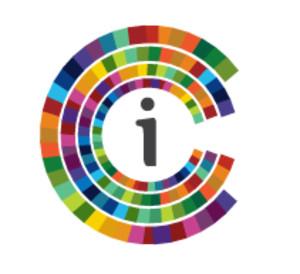Thinking Processes: What’s Missing in the Workplace
Your company has an exciting future and you need to build a solid workforce that shares your vision and helps to move it forward. However, you struggle to bring new employees on board, get them up to speed, and still do the day-to-day work of the business.
Creating virtual experiences by using thinking process templates helps reinforce the critical types of skills needed in your workforce. Employees who can engage in various types of thinking are reflective, independent, and competent. If you practice thinking processes, you logically connect ideas, scrutinize and evaluate arguments, find inconsistencies and errors in your work and the work of others, solve complex problems and engage in reflection. Creating learning mentorship experiences that engage learners in deep thinking builds their skills and increases their confidence and leadership.
Thinking Process Templates included in the MentorIC learning mentorship system are frameworks built on the best practices used by experts. Questions to ask when designing great virtual experiences are:
What processes do successful employees engaged in this work use to successfully tackle topics?
What causes roadblocks to growth in my business and how might thinking process frameworks help?
How can I incorporate 21st Century Skills into high-impact virtual experiences to grow staff competence?
Incorporating thinking processes in virtual mentorship learning experiences elevates the training to a more effective level. Participants must engage in and practice the types of thinking they will need every day in your business. It changes the learner from a passive role to a more interactive role and builds the expectation that the employee will be a creative, contributing member of your staff.
Examples of Thinking Process Templates currently in use in MentorIC projects are:
Problem Solving: Used for brainstorming and selecting idea or solution options for action plans or projects. People who learn to systematically confront roadblocks and create ‘workarounds’ are great team members, partners, and community contributors.
Strategic Planning: Used to focus priorities and energy, set goals, and establish and evaluate measurable outcomes. Use examples: business, engineering, science, art, technology, government programs, education.

